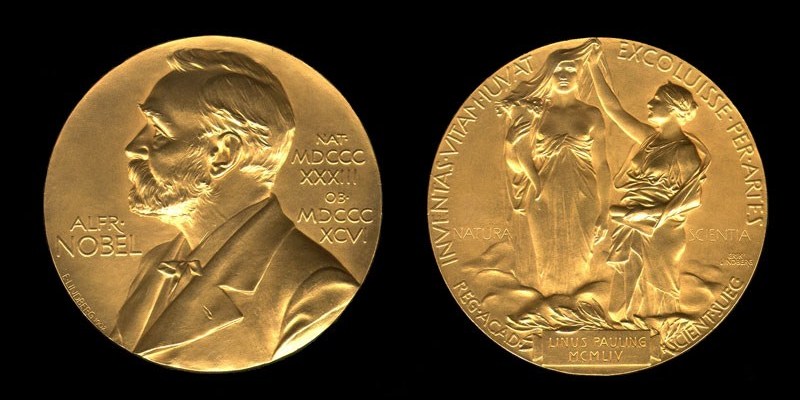|
By Erik Schiferle
With the developments of Electron Microscopy, X-ray Crystallography, and Nuclear Magnetic Resonance Spectroscopy, scientists are beginning to determine the sequence and structures of molecules, cells, and proteins. For example, in recent decades, scientists have determined the sequence of scaffolding proteins as well as the sequence and structure of RNA and DNA. The collected data have made countless contributions to the studies of genetics, pathology, and pharmacology, to name a few. However, the characterizations of molecular structure and sequence are limited in that they fail on some levels to describe the mechanisms of chemical and biological processes. But luckily, a handful of recent Nobel laureates have found a way to add further insight into how molecules interact. On October 9th, 2013 the Nobel Prize for Chemistry was awarded by the Royal Swedish Academy to Martin Karplus (Université de Strasbourg, France and Harvard University), Michael Levitt (Stanford University School of Medicine), and Arieh Warshel (University of Southern California) for “the development of multiscale models for complex chemical systems.” Multiscale modeling uses models of different levels of complexity or resolution to study one system. In their work, the three scientists were able to use computational techniques to model chemical processes using principles of both Quantum Mechanics and Newtonian Physics (Classical Mechanics). Warshel explains, “In short, what we developed is a way which requires computers to look, to take the structure of the protein and then to eventually understand how exactly it does what it does.” Historically, Newtonian Physics and Quantum Mechanics were treated as mutually exclusive models. Newtonian Physics is extremely accurate in its application to large objects that do not have speeds which approach the speed of light. However, as the size of the object shrinks down to a certain threshold and/or approaches speeds close to the speed of light, the rules of Quantum Mechanics are applied to take into account the wave-particle characteristics of the object. However, Karplus, Levitt, and Warshel were able to combine aspects of both Quantum Mechanics and Newtonian Physics beginning with their work of the molecule 1,6-Diphenyl-1,3,5-hexatriene. But, the ability to combine the aspects of both models was limited to planar molecules as there is a natural separation between the π-electrons found in pi bonds, which are described by quantum mechanics, and the σ-electrons of sigma bonds, which are handled by Classical Mechanics. Later, their work was developed for structures more complex than planar molecules. In their study of the folding mechanism of the Bovine Pancreatic Trypsin Inhibitor protein, it was shown that it was possible to group atoms of the protein into units. These units retained certain properties and could be described using classical mechanics. Clustering atoms into units made it possible to create quicker simulations of the mechanisms as simulations that are described using quantum mechanics require an exceptional amount of computing time. Ultimately, these advances led to work that won the three scientists the Nobel Prize. In practical terms, the theoretical approach of computational chemistry creates less ‘wet lab work’ for chemists and biochemists. The approach can be used to predict molecular structure of molecules, identify relationships between chemical structure and properties, and even pre-screen compounds for medicinal purposes. The work that won Karplus, Levitt, and Warshel the Nobel Prize illustrates the great value of the ever-growing field of computational chemistry.
0 Comments
Leave a Reply. |
Categories
All
Archives
April 2024
|

